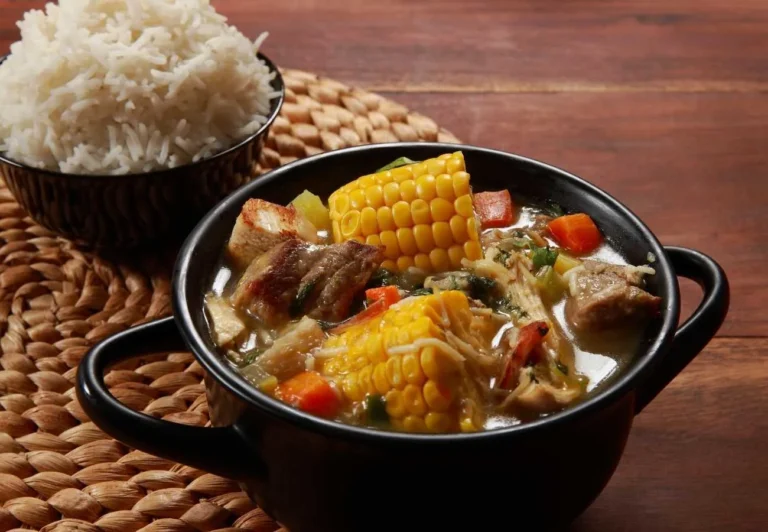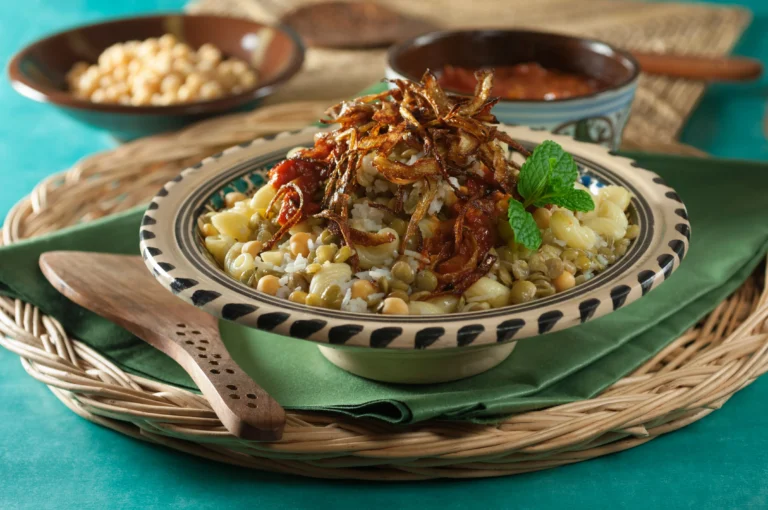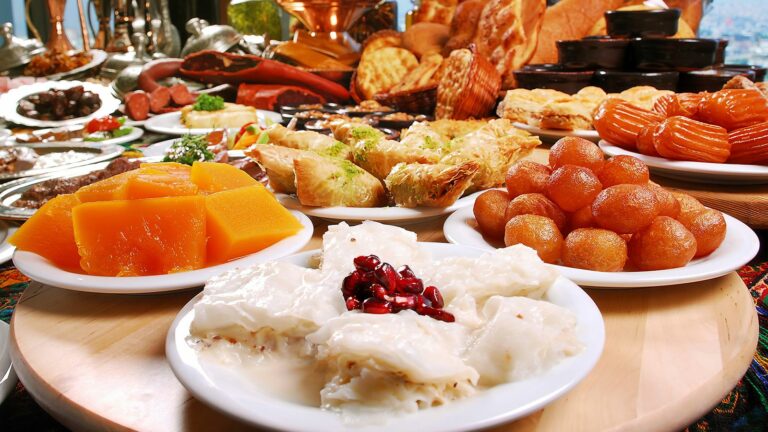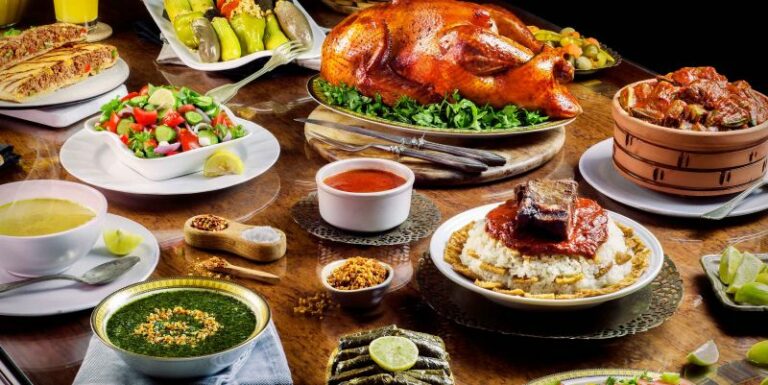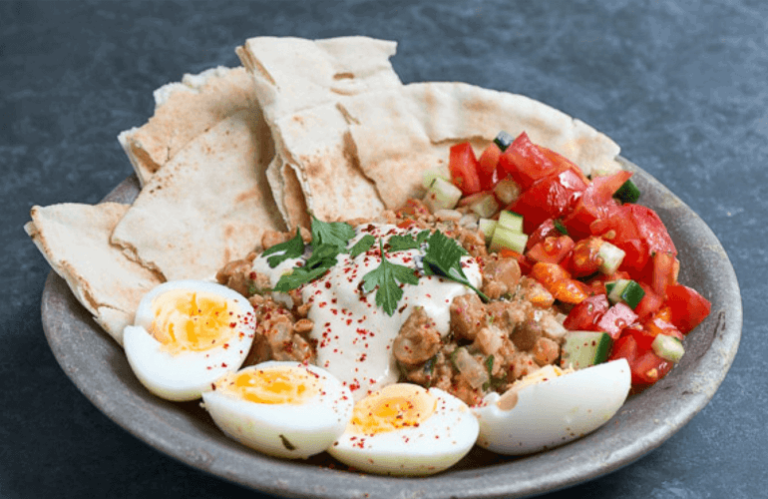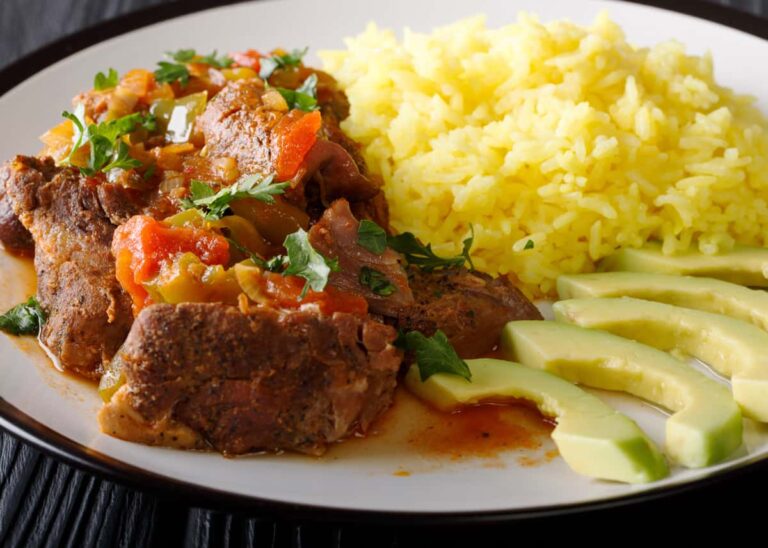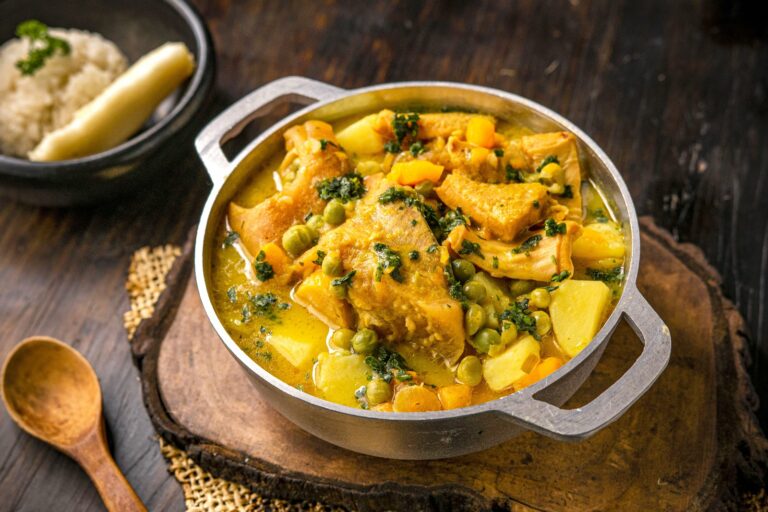Introduction: Street Food in the Dominican Republic
The Dominican Republic is not only famous for its stunning beaches and vibrant culture, but also for its delicious street food. The country’s cuisine has been influenced by African, European, and Indigenous traditions, resulting in a unique blend of flavors and dishes. From savory empanadas to sweet churros, the street food scene in the Dominican Republic is a must-try for any food lover.
In this article, we will explore some of the best street food markets and areas in the Dominican Republic that are worth visiting. Whether you’re a local or a tourist, these places offer a glimpse into the country’s culinary heritage and provide an authentic dining experience that is both affordable and delicious.
Santo Domingo: The Capital’s Street Food Scene
Santo Domingo, the capital of the Dominican Republic, is home to a vibrant street food scene that is sure to satisfy any type of craving. The most popular street food market is located in the Colonial Zone, where you can find a variety of dishes such as grilled meat skewers, fried plantains, and seafood snacks. Another must-visit spot is the Mercado Modelo, where you’ll find a maze of stalls selling everything from fresh fruit to handmade crafts. Don’t miss out on trying the famous “sancocho,” a hearty stew made with meat, vegetables, and plantains.
La Vega: The Home of Authentic Dominican Flavors
Located in the heart of the Cibao Valley, La Vega is known for its vibrant carnival celebrations and delicious food. The street food scene here is a true reflection of the country’s culinary traditions, with dishes such as “mangú” (mashed plantains), “yuca con mojo” (cassava with garlic sauce), and “asopao” (rice stew with chicken or seafood). The best time to visit La Vega is during its annual “Feria del Mango,” a festival celebrating the local fruit and its many uses in cooking.
Santiago: A Street Food Haven in the North
Santiago, the second-largest city in the Dominican Republic, is a hub for street food that caters to all tastes and budgets. From food trucks to traditional stalls, there are plenty of options to choose from. Some of the most popular dishes include “chicharrón” (fried pork rinds), “pastelitos” (pastries filled with meat or cheese), and “chimis” (burger-like sandwiches made with beef or chicken). For a more upscale street food experience, head to the “Paseo de los Locos,” a strip of food stalls that offer fusion cuisine and craft beer.
Puerto Plata: Coastal Delights and Local Favorites
Located on the north coast of the Dominican Republic, Puerto Plata is a popular tourist destination that also offers a variety of street food options. The Malecón, a seaside promenade, is a great place to try some of the local favorites such as “tostones” (fried plantains), “arepas” (cornmeal cakes filled with cheese or meat), and “ceviche” (marinated seafood). If you’re looking for something sweet, don’t miss out on “bizcocho de yuca,” a cake made with cassava flour and coconut milk.
Punta Cana: Where Street Food Meets Tourists
As one of the top tourist destinations in the Caribbean, Punta Cana may not be the first place that comes to mind when thinking of street food. However, there are still plenty of options to explore beyond the resort buffets. Head to Bavaro Beach to find stalls selling fresh coconuts, grilled fish, and “patacones” (smashed and fried plantains). If you’re feeling adventurous, try “mofongo,” a dish made with mashed plantains and meat or seafood.
Rural Areas: Exploring Street Food Beyond the Cities
While the cities offer a diverse range of street food options, some of the best dishes can be found in the rural areas of the Dominican Republic. From “sopa de mondongo” (tripe soup) to “pescado con coco” (fish with coconut sauce), the countryside is full of local specialties that are sure to delight your taste buds. Don’t be afraid to venture off the beaten path and explore the smaller towns and villages for a truly authentic street food experience.
Safety and Hygiene: What to Consider When Eating Street Food in the DR
While street food in the Dominican Republic is generally safe and delicious, it’s important to take precautions to avoid any potential health risks. Make sure to choose stalls that have a good reputation and are busy with locals, as this is a good sign of quality and freshness. Also, be mindful of the hygiene practices of the vendors, and avoid any food that looks like it has been sitting out for too long. Finally, don’t forget to wash your hands before and after eating, and bring your own utensils if possible. With these tips in mind, you can enjoy the street food scene in the Dominican Republic without worrying about getting sick.

